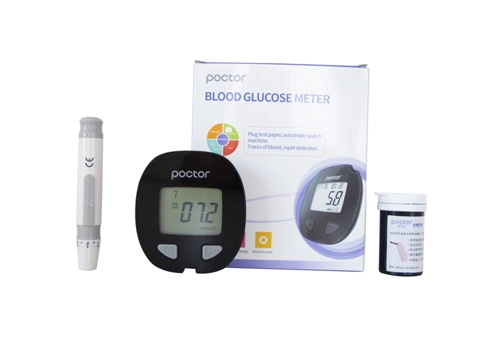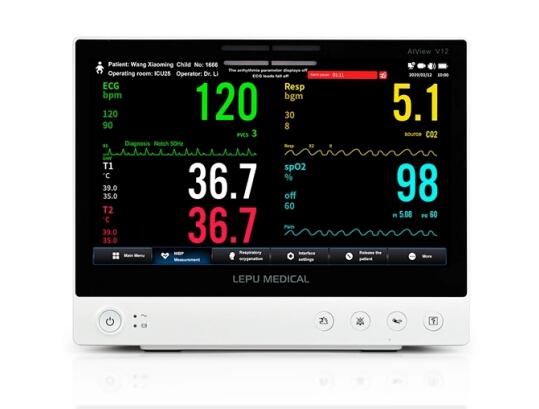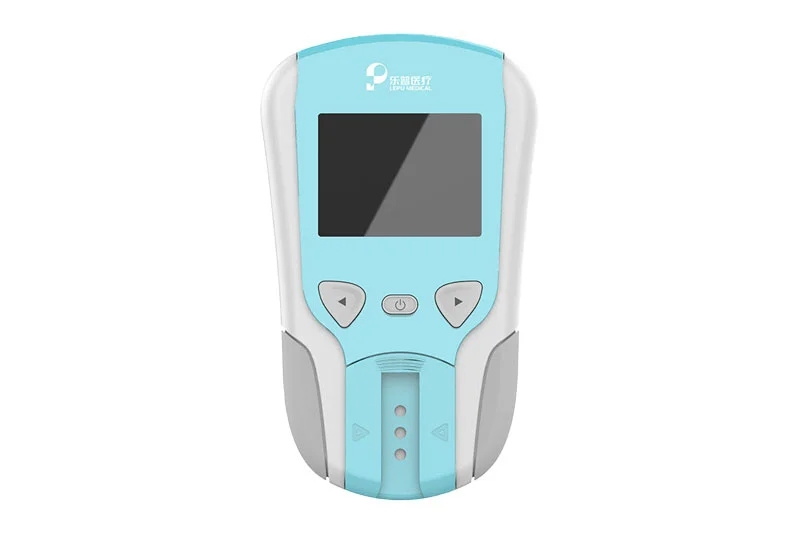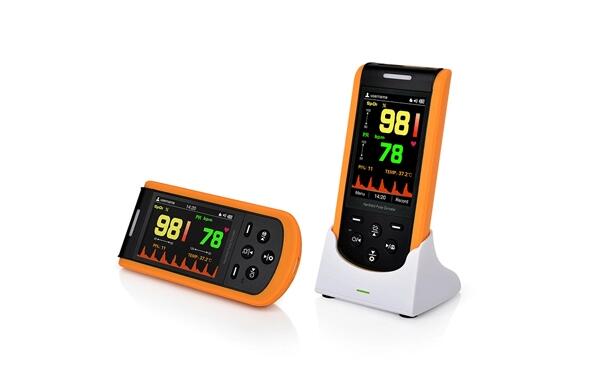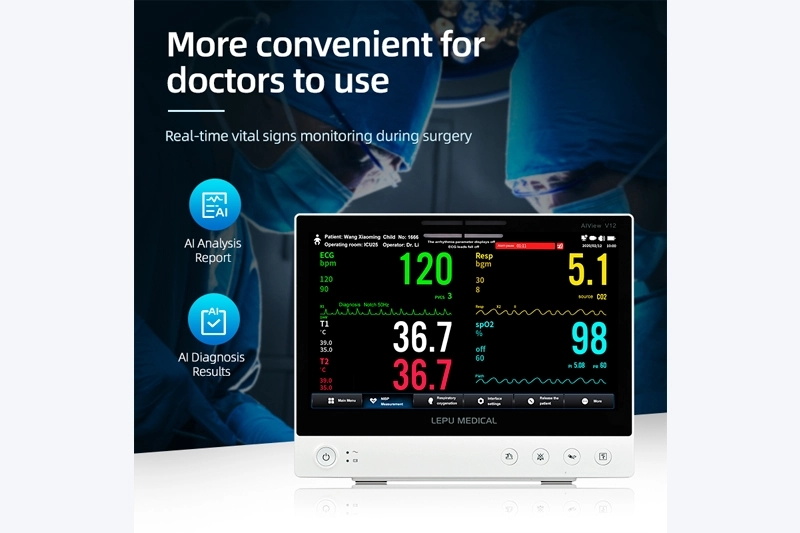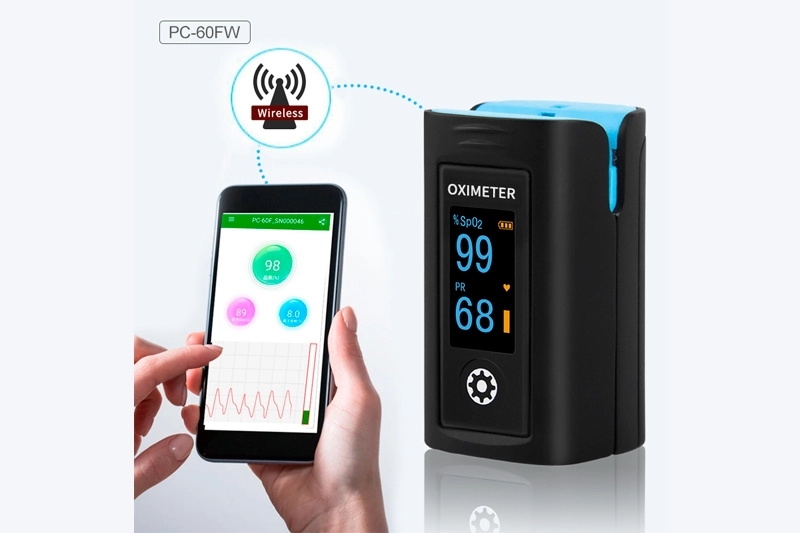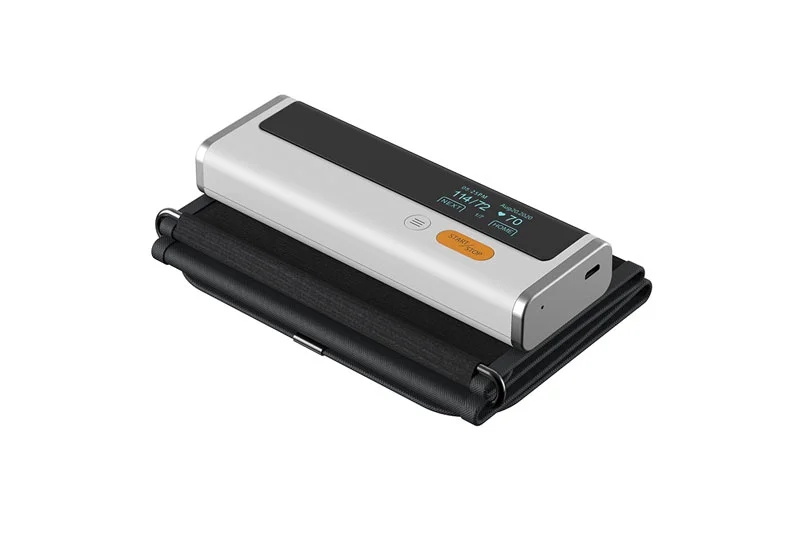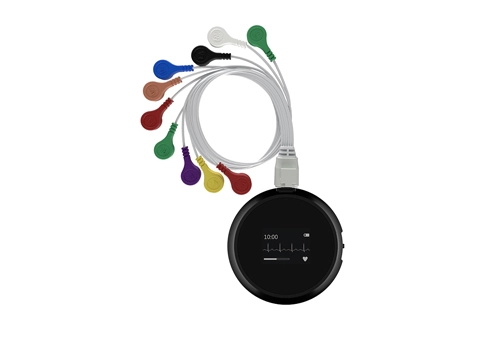Blood Glucose Meters
Lepu blood glucose meters are small, handheld devices used to measure the amount of glucose in your blood. They are used by people with diabetes to monitor their blood sugar levels. They are designed to be easy to use and provide accurate readings within seconds. The meter requires a small drop of your blood to be placed on a test strip, which is then inserted into the device. The meter then reads and displays the glucose level from the test strip. With this information, people with diabetes can adjust their diet and medication accordingly to better manage their condition.
Lepu Blood Glucose Meters Types
Lepu Poctor 800 Blood Glucose Meter
The glucose oxidase method is utilized to quantitatively detect glucose concentration in the blood samples obtained from the fingertip. This procedure is solely intended for monitoring and tracking the management of one's diabetes blood glucose levels.
Lepu Poctor M3101 3-in-1 Blood Portable Glucose Monitor
The Blood Glucose, Ketone, and Uric Acid Meters are designed to be compact and portable, enabling convenient monitoring on-the-go. These meters operate on the electrochemical principle, where the test strips react with the testing sample to produce micro-currents. The main circuit board receives and converts these micro-currents to calculate the concentration of blood glucose, ketone bodies, and uric acid levels, which are then displayed on the meter's screen.
The Ways Of Integrating Lepu Blood Glucose Meters into a Healthy Lifestyle
Stay Positive
Positive reinforcement and self-motivation can help you stay on track with your healthy lifestyle.
Set a Routine
Establish a schedule for checking your blood glucose levels.
Track Data
Use a log to record your readings, diet, and physical activity.
Consult a Professional
Speak with a healthcare provider about your results and any changes in lifestyle that may be necessary.
Blood Glucose Meters for Sale-FAQ
How Often Should a Blood Glucose Meter Be Calibrated?
Blood glucose meters should be calibrated every 3-6 months, depending on the model and manufacturer's instructions.
Who Should Use a Blood Glucose Meter?
People with diabetes should use a blood glucose meter to monitor their blood sugar levels.
How Do I Store My Blood Glucose Meter?
It is important to keep your blood glucose meter clean and dry, and store it in a cool, dry place away from direct sunlight.
How Often Should I Check My Blood Glucose Levels?
Generally, it is recommended to check your blood glucose levels at least twice a day.
If you want to buy sugar reading machine, please contact us.
More types of china spo2 monitor, please visit our website.
在线联系供应商
Other supplier products
| All-in-one Vital Signs Monitors | All-in-one digital vital signs machines are medical devices that monitor and record a patient's vital signs, such as heart rate, temperature, respi... | |
| Lepu Medical AiView V12 Multiparameter Patient Monitor Portable All-in-one Vital Signs Monitor with AI Analysis Diagnosis Touch Screen for Hospital ICU Clinical Ambulance and Home Use | The new generation of Lepu AI intelligent multi para patient monitor, which is divided into a 13.3-inch version V12 and an 11.6-inch version V10, w... | |
| Lepu LP-M3-11 Cholesterol Analyzer Blood Lipid Meter | Lepu LP-M3-11 Cholesterol Analyzer Blood Lipid Meter In vitro quantitative determination of cholesterol (CHOL), concentrations in human whole bloo... | |
| Handheld Oximeters | Portable medical gadgets known as handheld oximeters assess blood oxygen saturation in a rapid and precise manner. In hospitals, clinics, and at ho... | |
| Multiparameter Patient Monitors | Lepu portable multi parameter patient monitorare designed to be compact and lightweight, making them easy to transport and use in various healthcar... |









